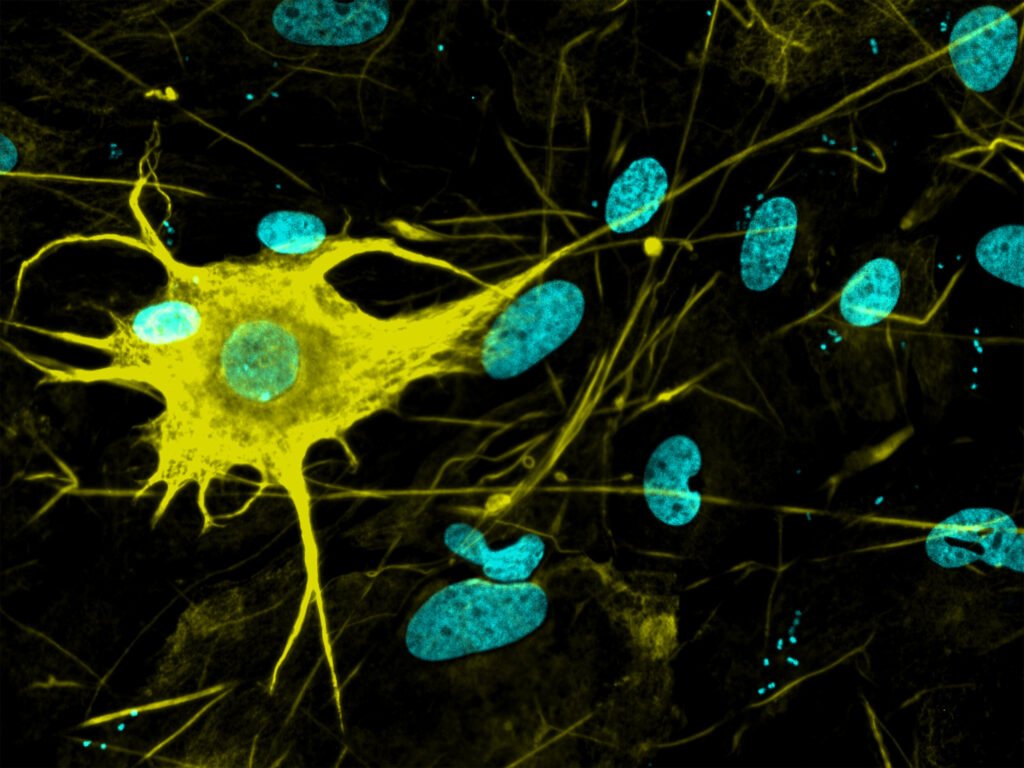Nerve cells in the human brain are incredibly diverse, with several hundred to several thousand different types existing. Each type of nerve cell varies in function, cellular appendages, neurotransmitter emissions, and interconnections. Understanding this vast diversity is crucial for studying neurological conditions and disorders accurately.
In the past, scientists could only grow a few dozen types of nerve cells in vitro from stem cells. However, a recent breakthrough by researchers at ETH Zurich has led to the successful production of over 400 different types of nerve cells. This achievement opens up new possibilities for more precise neurological research using cell culture experiments.
The team at ETH Zurich utilized human-induced pluripotent stem cells generated from blood cells and employed genetic engineering techniques to activate specific neuronal regulator genes. By treating the cells with various morphogens – signaling molecules that play a crucial role in embryonic development – the researchers created almost 200 different sets of experimental conditions.
Morphogens help define the position of cells within an embryo, forming spatial patterns that determine cell growth and development. Through rigorous analysis of genetic activity, cellular appearance, and function, the researchers confirmed the production of over 400 distinct types of nerve cells. By comparing their data with existing databases of neurons from the human brain, they could identify the specific types of nerve cells created in the experiment.
This breakthrough has significant implications for studying neurological conditions such as Alzheimer’s, Parkinson’s, schizophrenia, epilepsy, and more. Cell culture models using these diverse nerve cells can help researchers test the effects of new active compounds without the need for animal testing. In the future, these cells may also be used for cell replacement therapy to treat various neurological disorders.
While the researchers have made remarkable progress, they acknowledge the challenge of optimizing their method to produce specific types of nerve cells without creating mixtures. Through ongoing research and experimentation, they aim to refine their technique and ultimately develop a comprehensive library of in-vitro nerve cells for various applications in neurological research and pharmaceutical development.
The study, published in the journal Science, marks a significant milestone in the field of neuroscience and offers new avenues for understanding and treating complex neurological conditions.ETH Zurich’s groundbreaking research in nerve cell diversity opens up exciting possibilities for advancing our knowledge of the human brain and developing innovative treatments for neurological disorders.


